Every time Hanoi is mentioned, people cannot forget the image of ancient pagodas, hidden in the hustle and bustle of urban life but still carrying a quiet, tranquil beauty. Those pagodas, over the centuries, although modern society has changed a lot, the rhythm of life has permeated every row of trees and streets, but the spiritual values of the pagodas have become eternal, becoming an indispensable cultural feature of the people of Hanoi. The journey to preserve and restore these architectural works is not simply a matter of material preservation, but also a re-enactment and protection of the soul of a bygone era.
Tran Quoc Pagoda, located peacefully on a small peninsula in the middle of West Lake, is one of the oldest pagodas in Hanoi. Tran Quoc Pagoda was built in the 6th century under the Ly Dynasty, originally named "Khai Quoc." After many name changes and restorations, the pagoda was named Tran Quoc during the Le Trung Hung period. This place has attracted Buddhists because of its peaceful beauty and unique architectural and artistic values. The pagoda is designed in the traditional Vietnamese architectural style with many shrines, stupas, and a quiet space, imbued with Buddhism.
Through the ups and downs of history, Tran Quoc Pagoda still stands as a witness to time. The conservation work of the pagoda is always carried out regularly and meticulously, from the restoration of ancient Buddha statues to the reconstruction of the exquisite carvings on the pillars and roof tiles. Each line, each detail carries stories of the past, evoking memories of a brilliant cultural period of the nation.
Tran Quoc Pagoda – historical and cultural symbol of Hanoi Capital. Photo: Collected
Located not far from Tran Quoc Pagoda to the southwest, the image of One Pillar Pagoda has entered poetry and history books, becoming a historical and cultural symbol of the capital Hanoi. One Pillar Pagoda has a unique architecture, likened to a lotus blooming in the middle of a lake. This pagoda is not only a symbol of Vietnamese Buddhism but also the pride of the capital. Seen from afar, One Pillar Pagoda looks like a lotus rising up, symbolizing the purity and durability of national culture. However, over time, the pagoda has suffered much damage, from nature to war. The restoration of One Pillar Pagoda has always been of interest to domestic and foreign experts, with the desire to preserve the original beauty of the Ly Dynasty. Conservation projects are carried out with caution, aiming to restore damaged architectural parts while still maintaining the spirit and historical value of the work.
One Pillar Pagoda - an ancient pagoda with unique architecture. Photo: Collected
Quan Su Pagoda, located on Quan Su Street, is considered the center of Buddhism in Vietnam and is also the place where many important Buddhist events of the country are held. Built in the 15th century, Quan Su Pagoda bears the mark of a brilliant cultural period, with a simple but majestic architectural style. Through many historical periods, the pagoda has been preserved intact, from architecture to spiritual values. The conservation work of Quan Su Pagoda does not stop at preserving ancient artifacts, but also aims to maintain a sacred spiritual space, where Buddhists and visitors can come to meditate and pray. Recent renovations have restored the original beauty of the pagoda, with traditional colors and architectural details bearing the mark of history.
Gate of Quan Su Pagoda. Photo: Collected
However, preserving ancient pagodas in Hanoi is not always smooth. Many small pagodas are hidden among busy streets, affected by urban development. These pagodas are at risk of degradation and are overwhelmed by modern constructions around them. The restoration of these small pagodas requires not only the attention of the authorities, but also the cooperation of the community to protect the priceless heritage of our ancestors.
Amidst the unceasing flow of time, ancient pagodas in Hanoi still quietly exist, like precious gems of the capital. The restoration and preservation of these works is not only the responsibility of an individual, but also the common mission of the whole nation in preserving and promoting cultural values. Looking back on the past, it can be seen that the work of preserving architectural heritage in Hanoi does not stop at preserving physical works but is also a journey to preserve and convey the quintessence of a culture rich in identity, lasting through many generations. Ancient pagodas, with their quiet beauty, have become places to preserve the soul of the nation, places for the next generation to look back and cherish the past.
The journey to preserve ancient pagodas in Hanoi is still continuing. The tireless efforts of the community, researchers, architectural experts, and individuals have contributed to preserving precious cultural values, spreading from the present to the future generations. The ancient pagodas in Hanoi, with their long history, are not only the heritage of the capital but also the common pride of the nation, acting as living witnesses to a brilliant period in the history of Vietnamese culture.



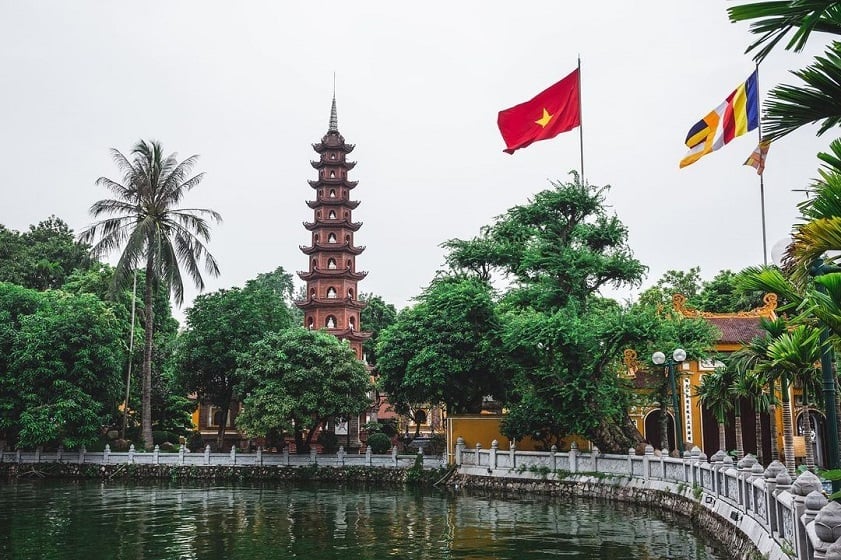
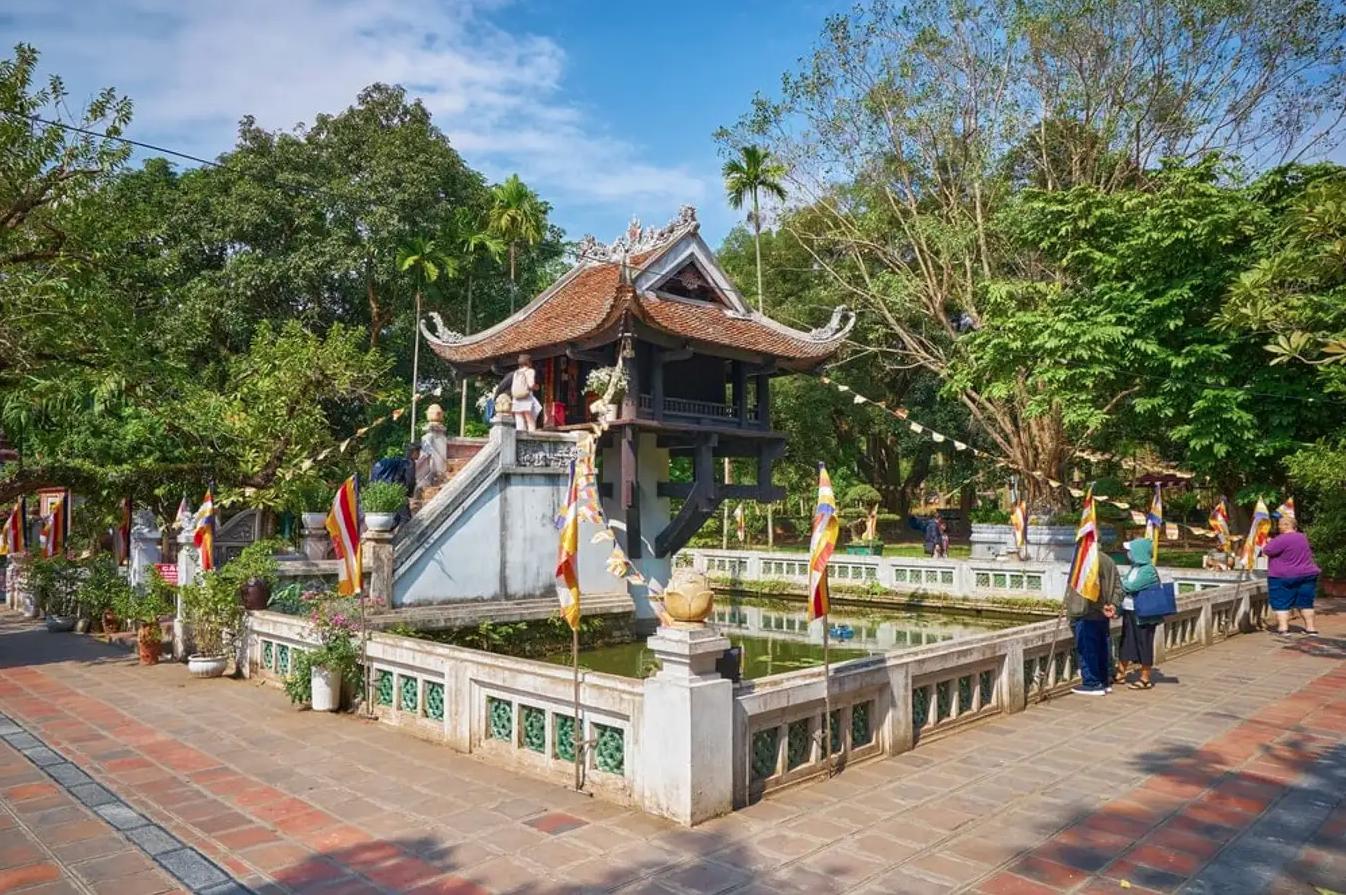

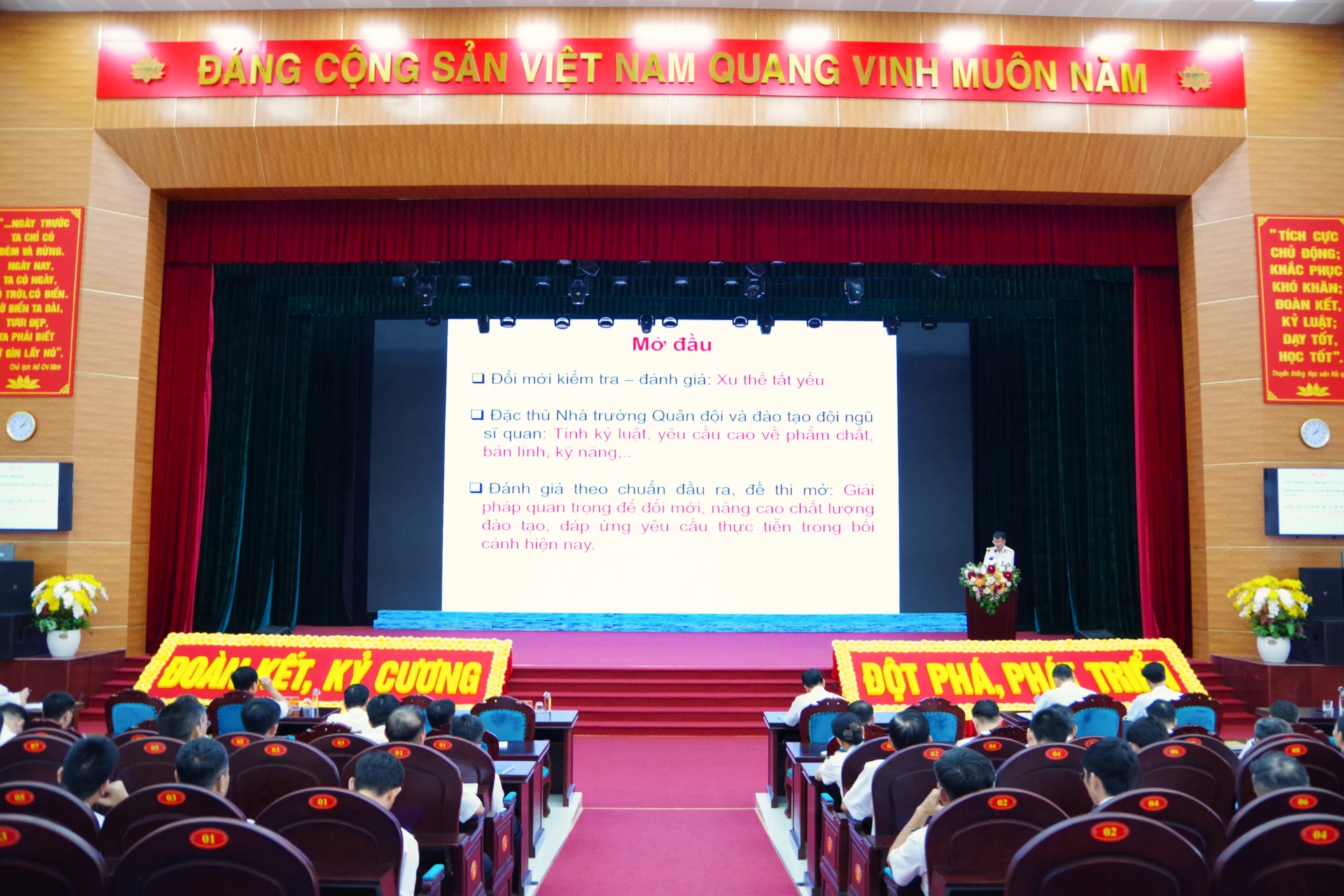






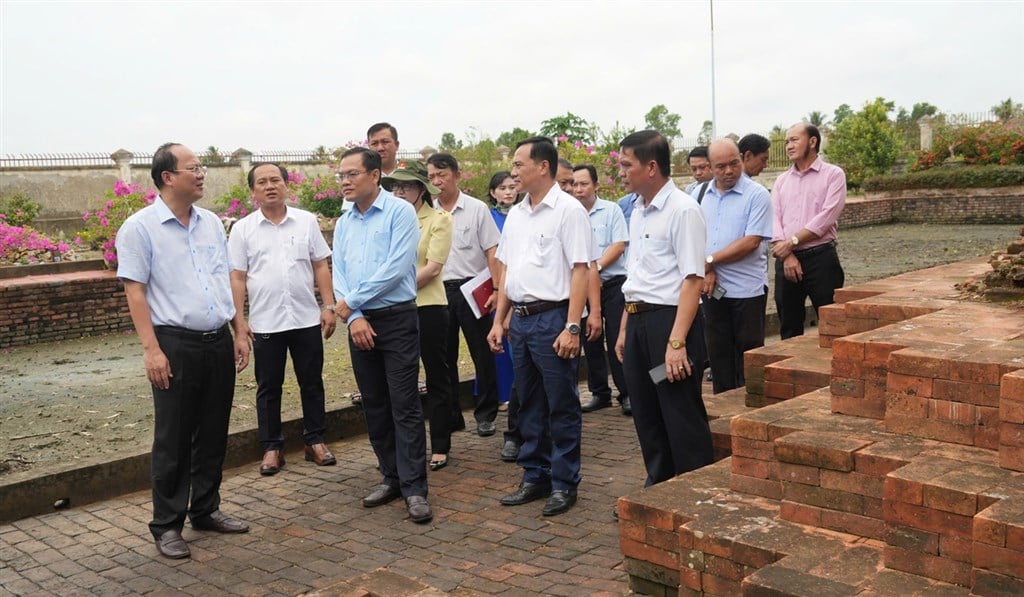







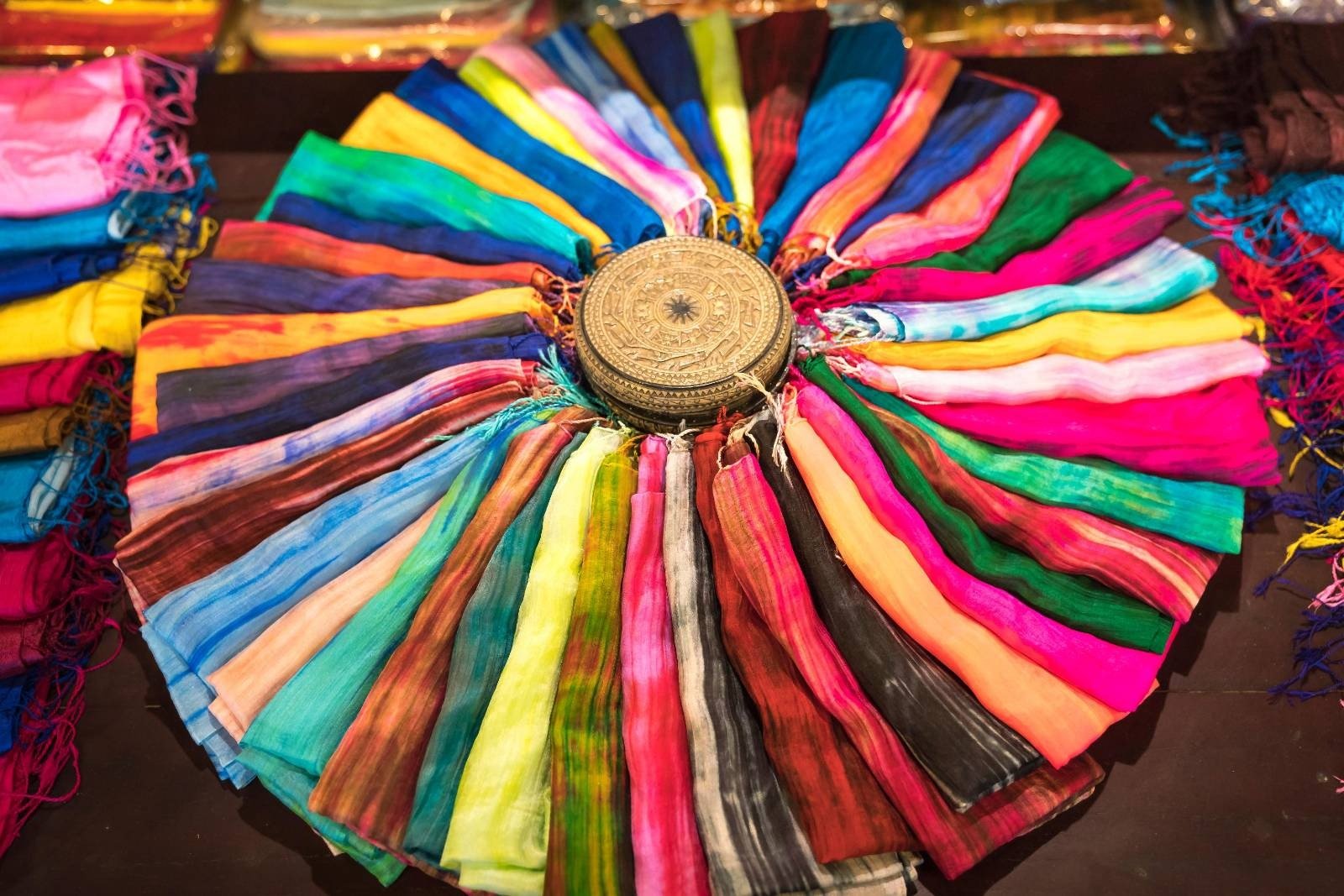





![[Photo] An Phu intersection project connecting Ho Chi Minh City-Long Thanh-Dau Giay expressway behind schedule](https://vstatic.vietnam.vn/vietnam/resource/IMAGE/2025/8/21/1ad80e9dd8944150bb72e6c49ecc7e08)



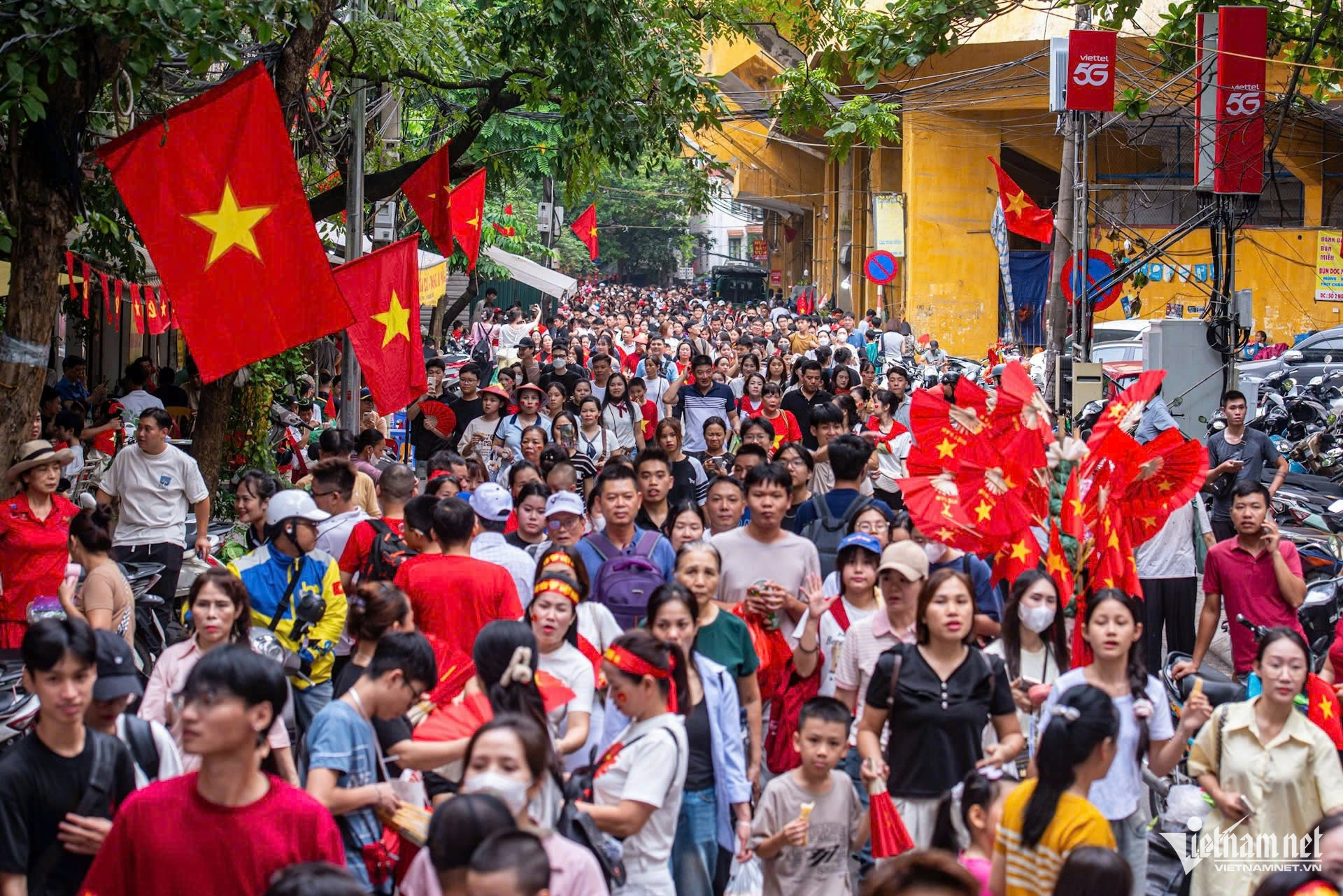


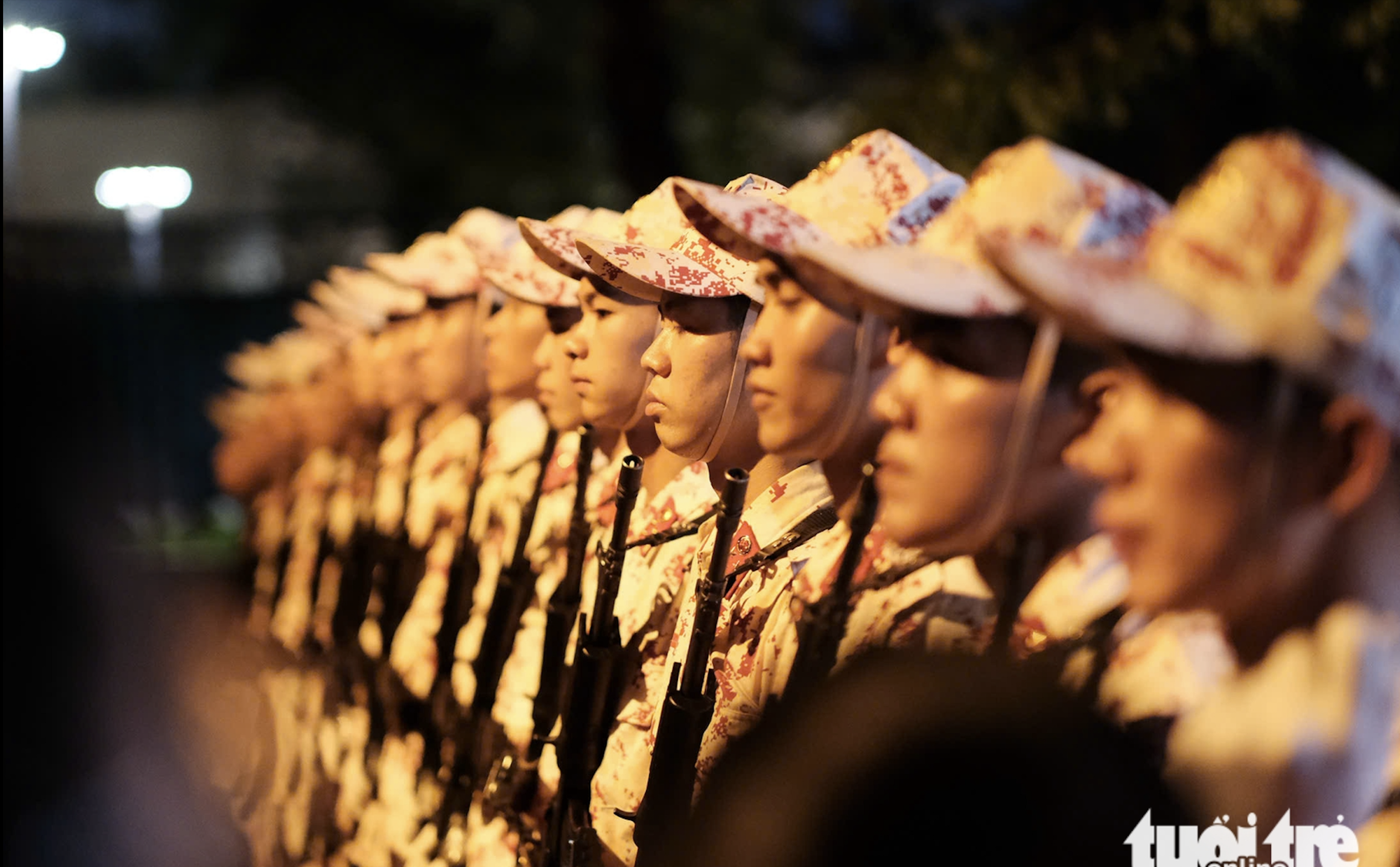
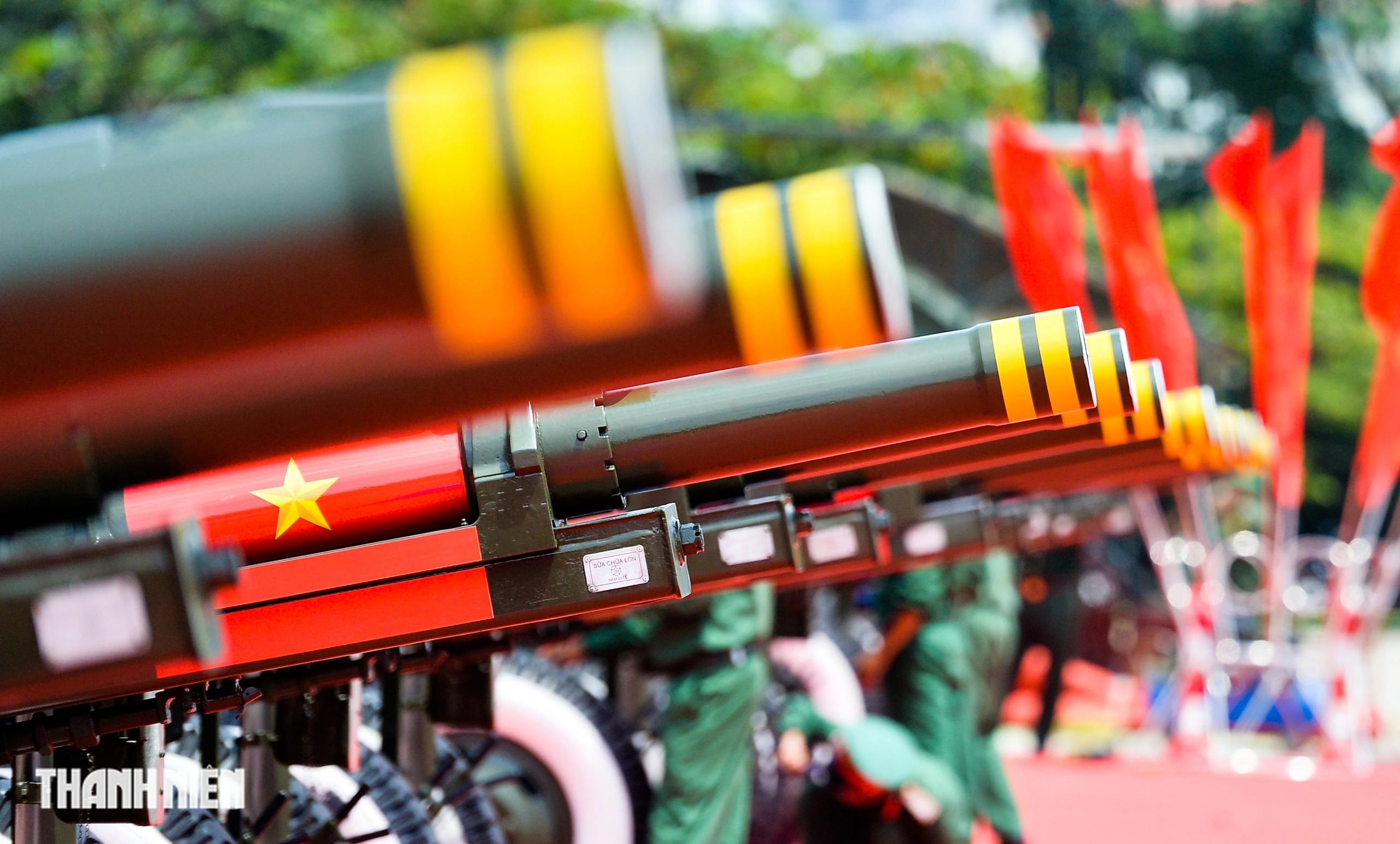
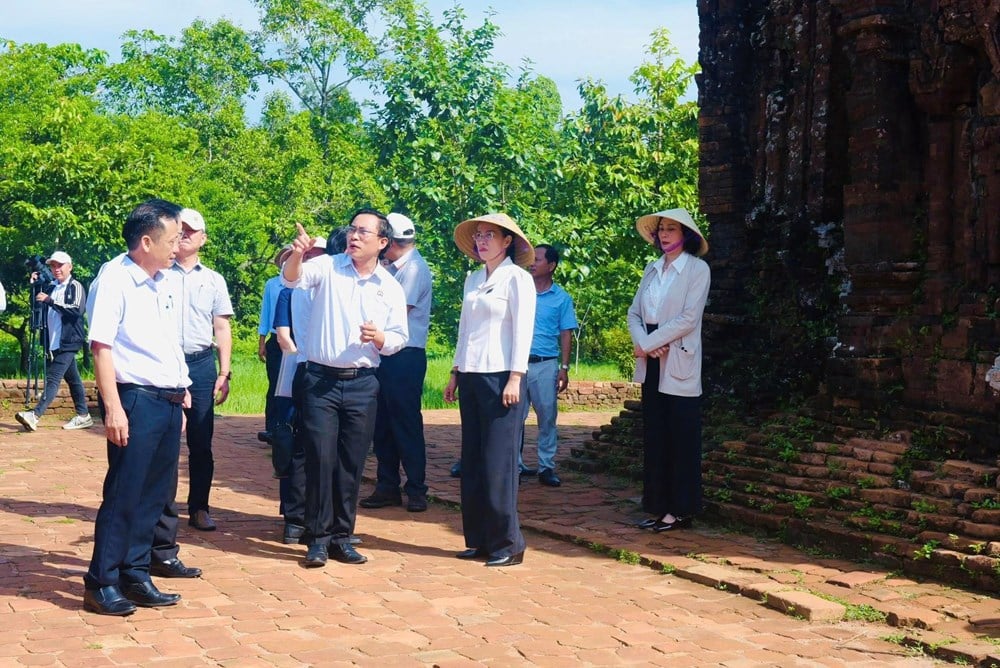



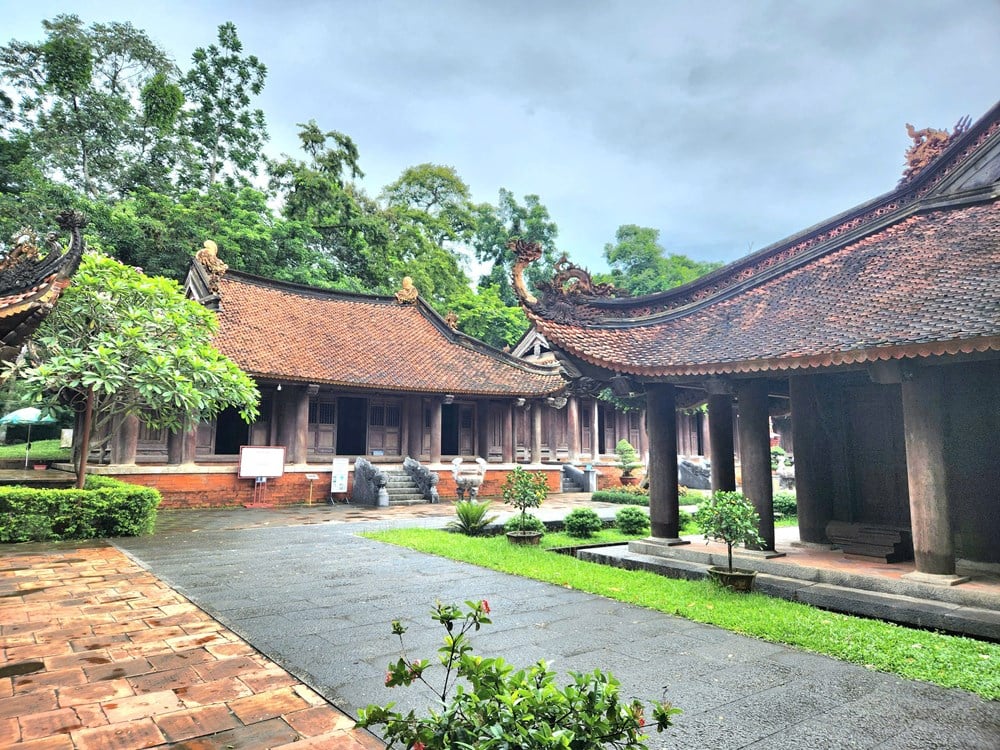
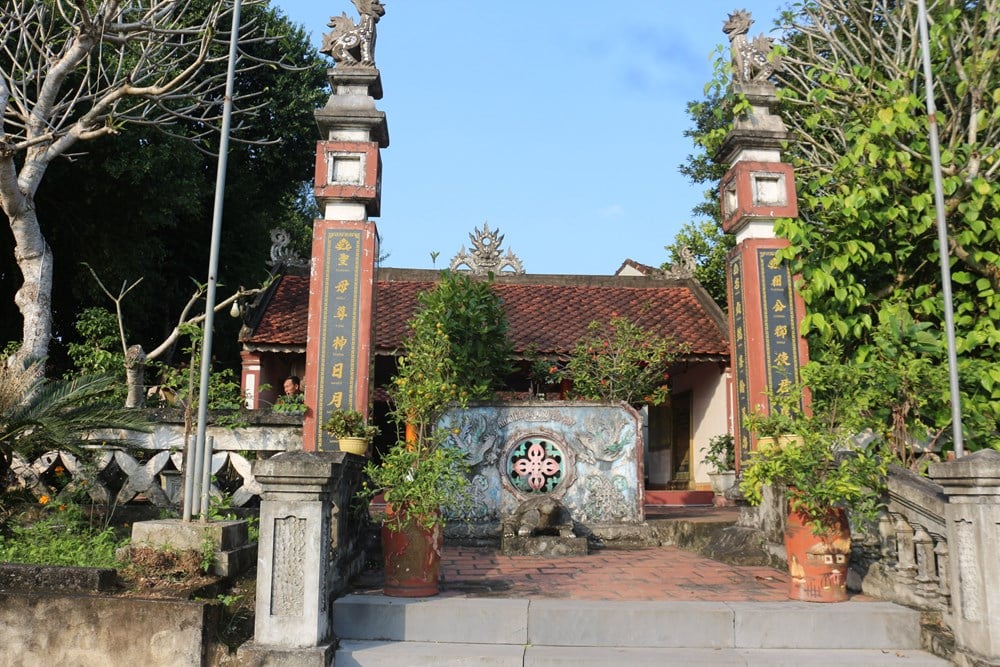
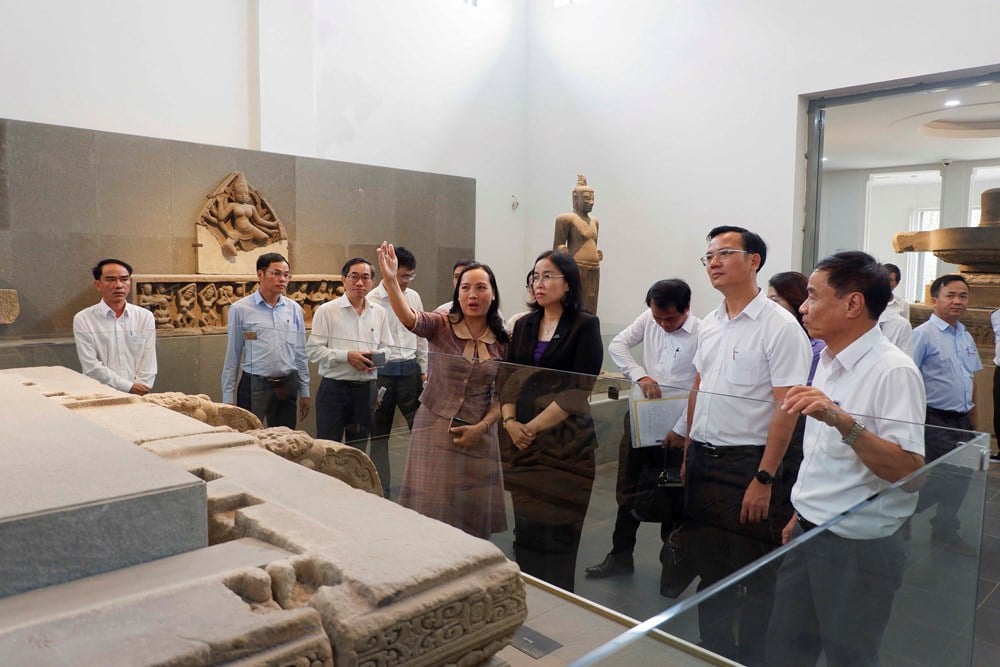
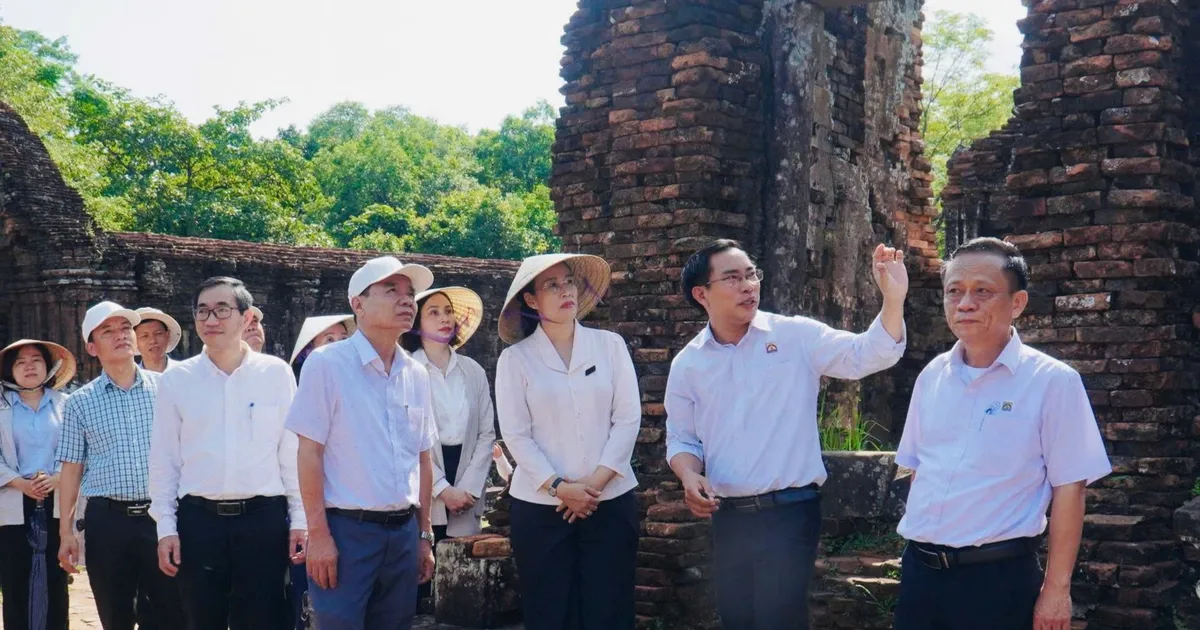








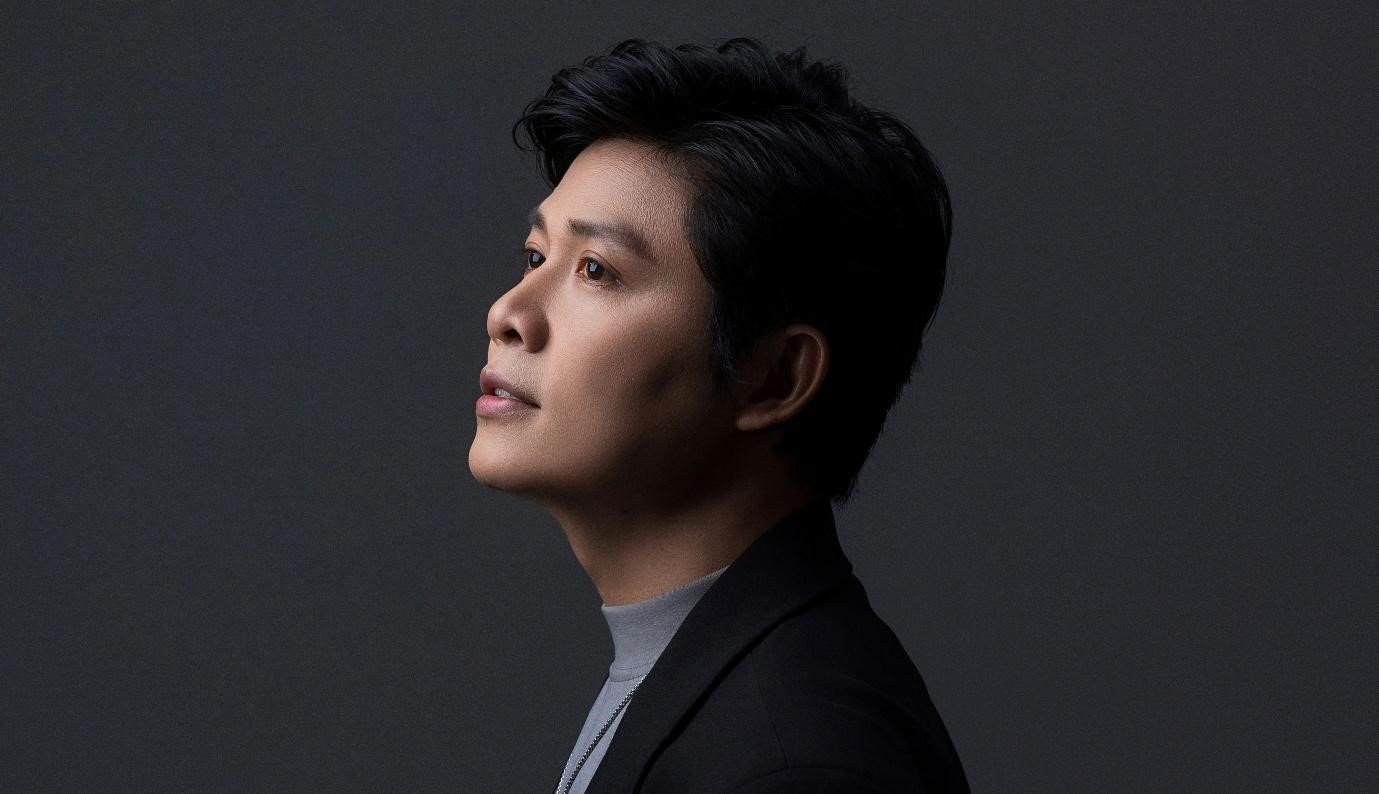

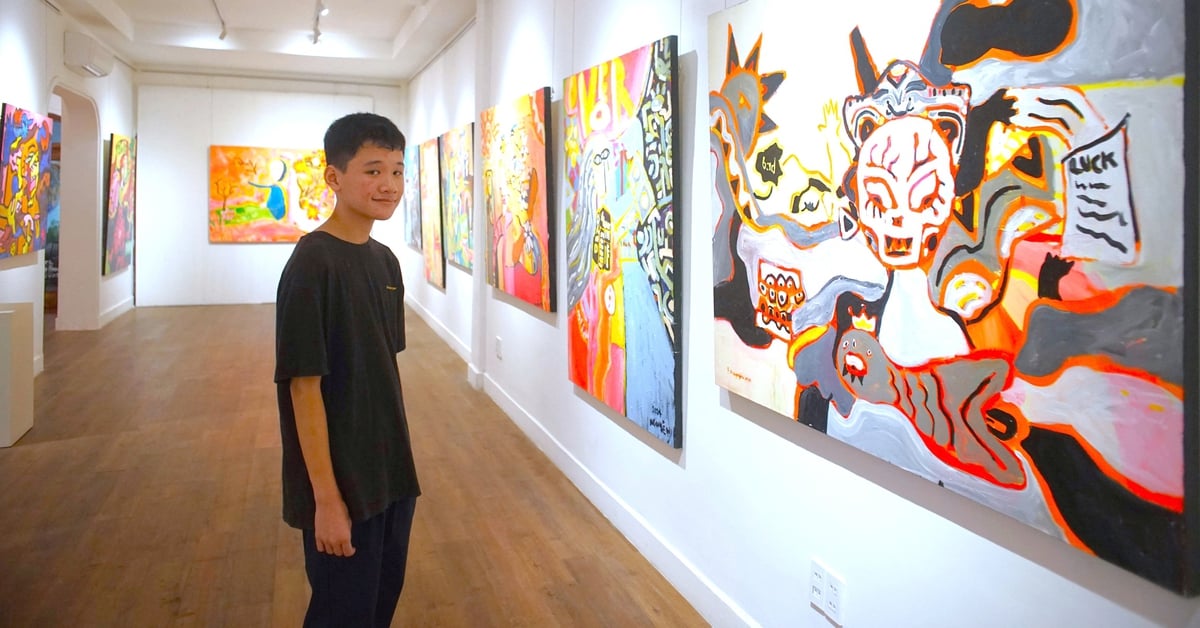








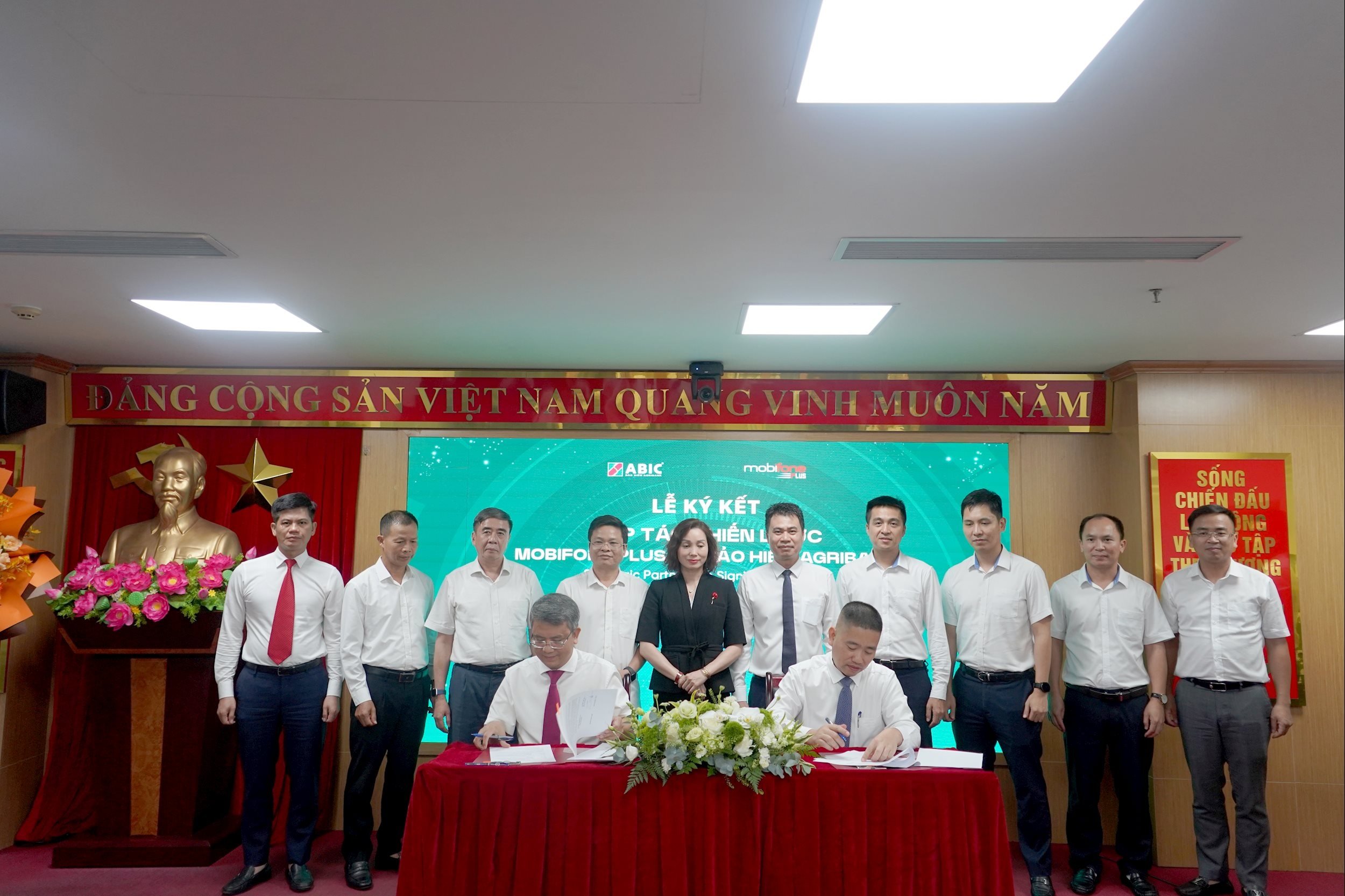



![[Photo] Politburo works with the Standing Committee of Hanoi Party Committee and Ho Chi Minh City Party Committee](https://vstatic.vietnam.vn/vietnam/resource/IMAGE/2025/8/21/4f3460337a6045e7847d50d38704355d)








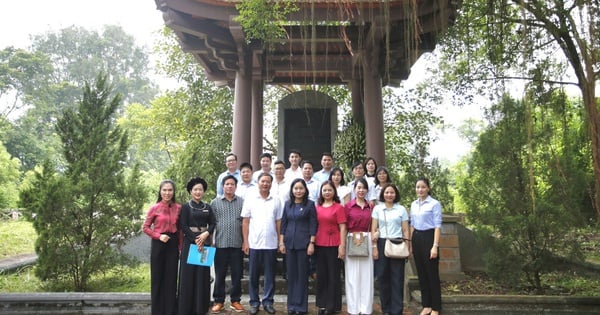
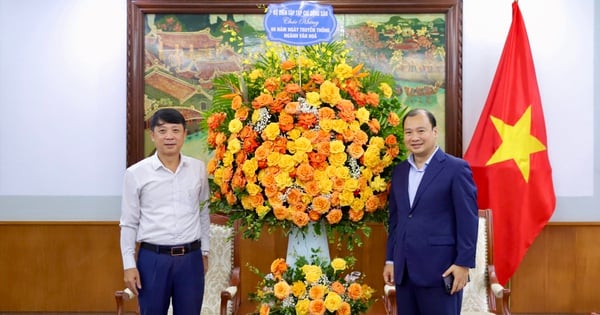
















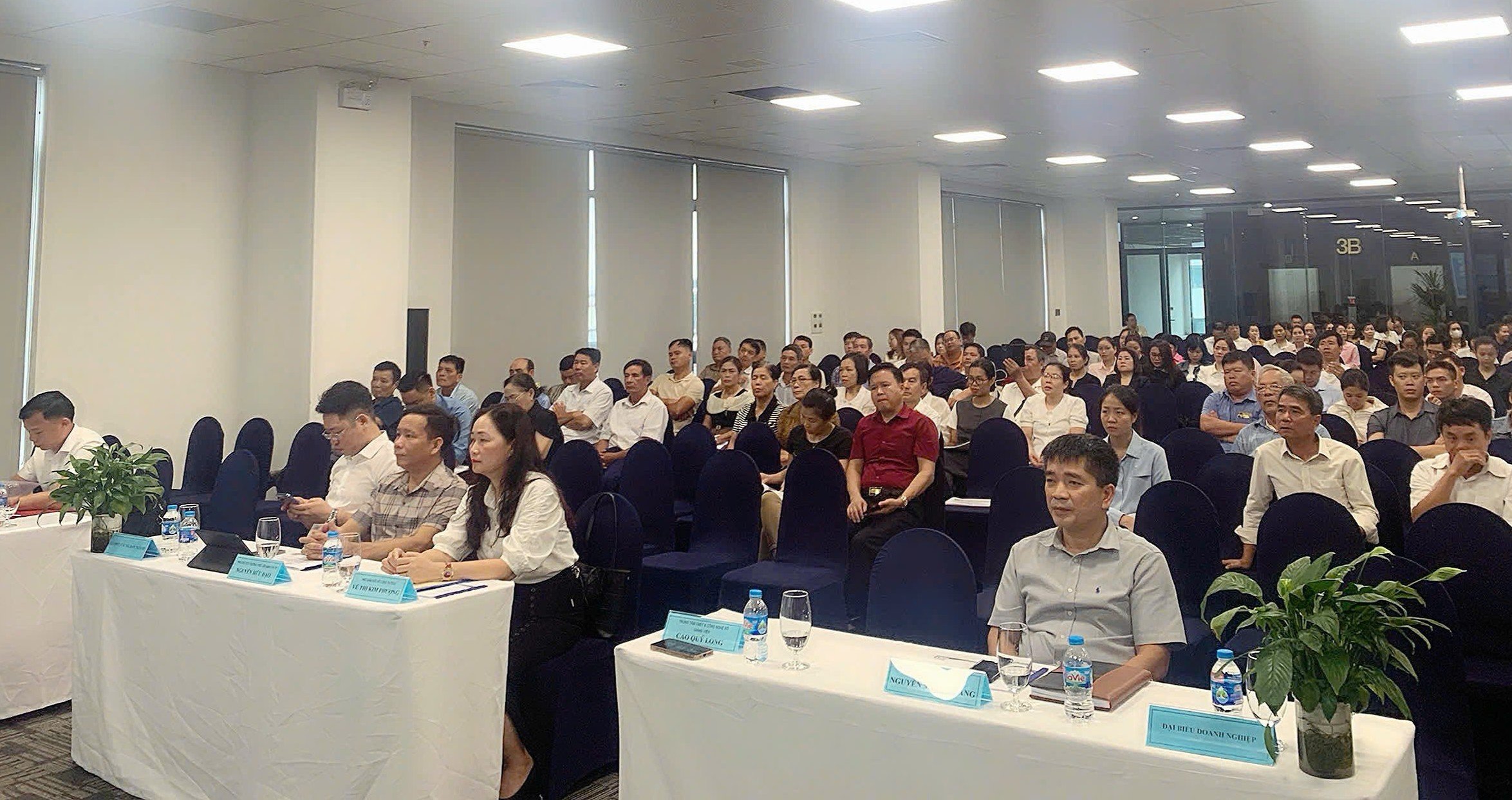






Comment (0)